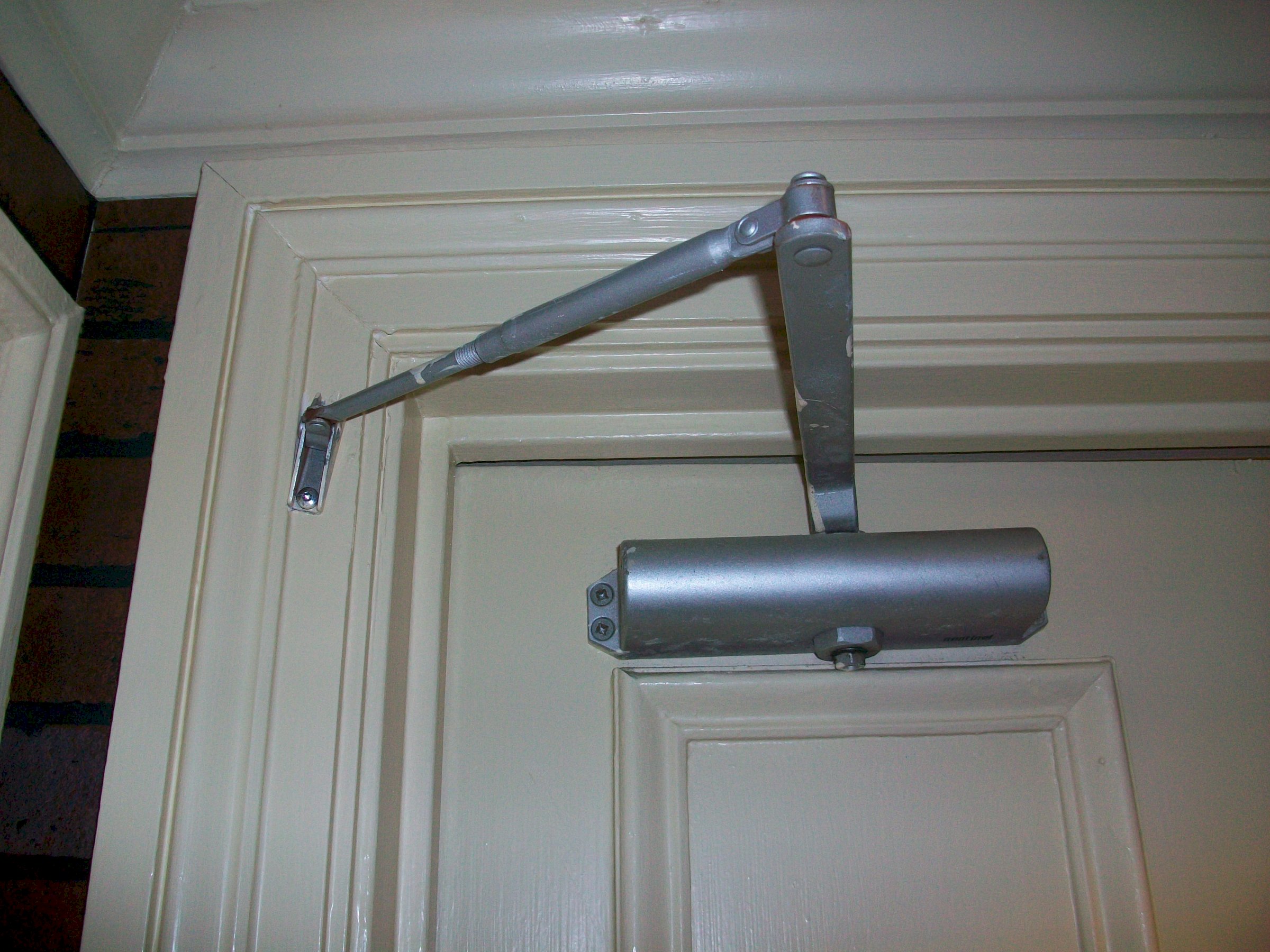My door closer isn’t working – what shall I do?
We often troubleshoot issues for customers who tell us their door closer isn’t working. This can be tricky sometimes as the person who makes the phone call isn’t always standing in front of the door closer! Most of the time we find it isn’t the door closer at all, but we’re always happy to help. We generally start by asking a few questions.
If the door isn’t closing properly, it’s worthwhile checking for other potentially troublesome elements first, such as worn hinges or swelling woodwork. Our troubleshooting guide,
‘Why does the door closer always get the blame’, looks at these other issues in more detail.
Once these factors have been ruled out, we’d then move on to other reasons why the door closer might not be working. Generally, these fall into three categories:
The closer needs adjustingChanges in an environment, such as a newly installed air conditioning/ventilation system or the addition or removal of a door, can create air pressures which form vortices in a building. This is not anyone’s fault, but it can change the way a door closes, either causing it to slam or not close completely. A simple adjustment to the closer can fix this (and this is why we always recommend power adjustable door closers). The closer may need its power winding up to compensate, or have its closing speed adjusted. For a guide on this, read our blog:
How to adjust door closers to overcome air pressures.
Sometimes when door closers are installed, the speed control valve is incorrectly screwed completely closed – this prevents the door from closing at all, but is easily remedied!
The closer is installed or set incorrectly
Door closers are often installed when overall project deadlines are becoming very tight and teams are under pressure. It may seem silly, but sometimes a closer is fitted the wrong way up, or with the arm pointing in the wrong direction to the hinge edge. These things can and do happen on any project!
Additionally, push and pull instructions may have been mixed up and the closer is set up with forces going in the opposite direction to that intended. This is easily done, and we always award points to anyone who has bothered to read the instructions!
When a door closer is fitted in parallel arm position, the arm is sometimes set incorrectly, and this results in the knuckle of the arm touching the door and preventing closing – the arm can normally be adjusted to resolve this issue. The secondary arm should be running parallel to the door.
The closer has been positioned incorrectly
Sometimes the installer has miscalculated and the door closer has simply been positioned too far down the door, resulting in the closer arm hitting the door. Always take accurate measurements and use any fitting templates provided. Measure and then measure again!
The best way to try to prevent issues in the first place is to always read the manufacturer’s Operation and Maintenance manuals – that way, if there are any problems, and you have followed all guidance, the product will still be under warranty.
